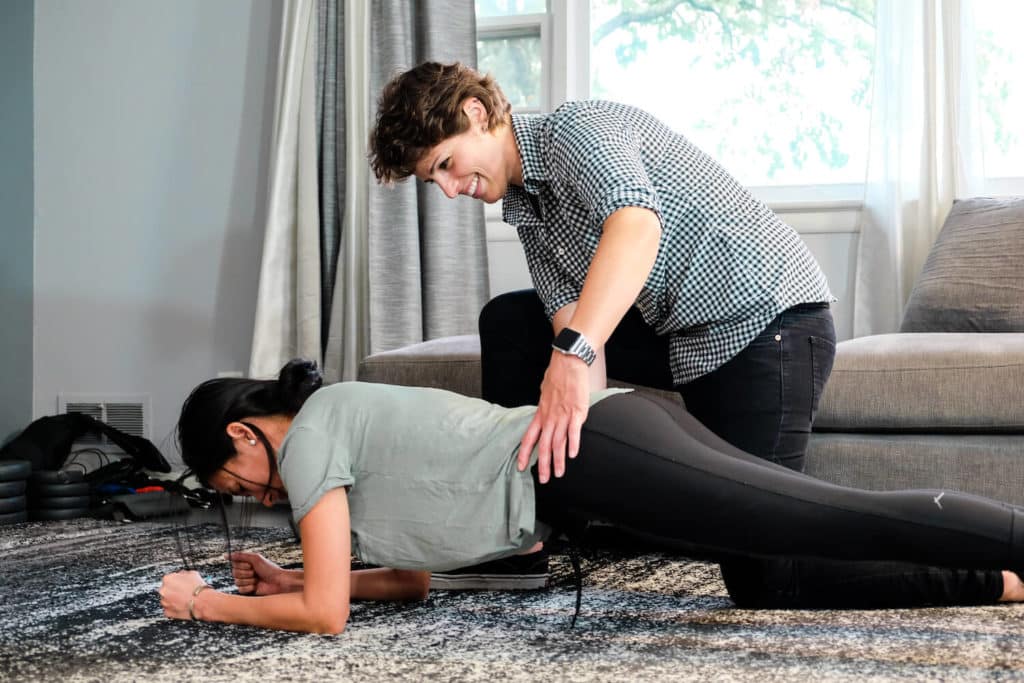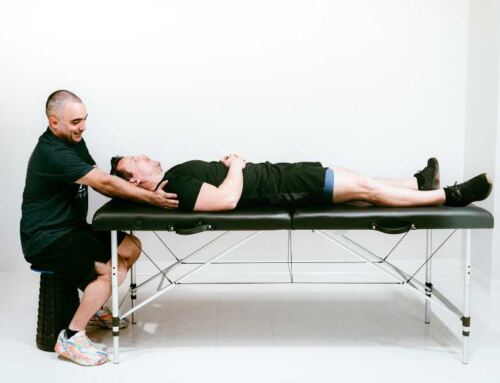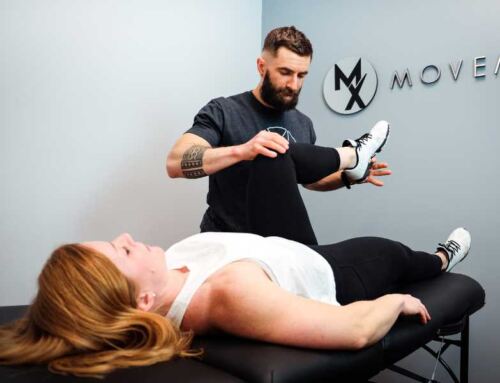
What is Ehlers-Danlos Syndrome (EDS) and Hypermobility Spectrum Disorder (HSD)?
At MovementX, our providers are experienced in working with patients with chronic pain conditions. Two such conditions that our physical therapists treat frequently are Ehlers-Danlos Syndrome (EDS) and Hypermobility Spectrum Disorders (HSD).
So what is Ehlers-Danlos Syndrome and Hypermobility Spectrum Disorder? Let’s dive into EDS first.
What is Ehlers-Danlos Syndrome (EDS)?
EDS is a group of genetic disorders that affects the connective tissue, bones, organs, blood vessels, and the neurological system. People with EDS often suffer from chronically painful and unstable joints due to congenital connective tissue dysfunction.
People with EDS also may have difficulty with stability in and around their joints, difficulty with vascular structures, and chronic pain due to collagen dysfunction. 70% of people with EDS identify as women, andEDS may have a genetic component.
What are the subtypes of EDS?
There are thirteen subtypes of EDS, with the most common being Hypermobile EDS (hEDS). With each subtype of EDS, the body has difficulty producing or using collagen effectively. Collagen is a vital protein found in ligaments, muscles, tendons, and blood vessels.
Hypermobile EDS is the most common subtype of EDS and is the type of EDS we see most commonly in physical therapy. Patients with hEDS suffer from joint instability, chronic joint dislocations and subluxations, and painful and debilitating muscle spasms. hEDS also affects the skin, making it highly extensible and fragile.
Another clinical manifestation of hEDS is chronic pain, often due from repeated joint trauma and muscle spasms. The pain can be debilitating and involve multiple joints at once. hEDS affects many body systems — not just muscles and soft tissue. Those with EDS often suffer from autonomic dysfunction, skin fragility, chronic fatigue, and gastrointestinal disorders. Pelvic dysfunction and gynecological issues are also common.
What is Hypermobility Spectrum Disorder (HSD)?
Hypermobility describes the increased laxity in joints. Joint Hypermobility Spectrum Disorder (HSD) describes a benign condition in which the joints are a little too mobile. Hypermobility can exist without EDS.
In fact, a few of the EDS subtypes do not include hypermobility as a symptom. EDS is a collection of systemic symptoms that affect the skin, GI system, nervous system, and musculoskeletal system in a variety of ways.
Some patients with joints that move a little too much can benefit greatly from physical therapy. Learning how to load the joints safely, use proper mechanics when moving and exercising can help those with Hypermobility Spectrum Disorder experience less joint pain and improved daily function.
How can physical therapy help EDS and HSD?
Fortunately, seeing a physical therapist can help with some of the symptoms associated with hEDS.
First, learning how to safely move the joints in ways that won’t make them more unstable and learning about how to exercise without pain can help people with hEDS manage their symptoms and improve their function. Physical therapists can help to teach patients corrective techniques for managing subluxations and dislocations and also help to relieve muscle spasms that can cause pain and joint instability.
Strengthening and stability exercises must be carefully prescribed for patients with hEDS due to the susceptibility for damage and dislocation. Aquatic-based exercise can help reduce joint strain while providing gentle resistance. Treatments for those with hEDS focus on pain control and management, improving joint stability, and helping to find supportive devices for significantly unstable joints.
Conclusion
We hope this article answered the common question we hear of “What is Ehlers-Danlos Syndrome and Hypermobility Spectrum Disorder?”
It’s critical for those with hEDS to find a knowledgeable physical therapist to help guide them through strategies and exercises to reduce pain and improve function.
At MovementX, we have kind, caring providers who specialize in treating patients with hEDS and hypermobility spectrum disorders. Click here to schedule a session today.








